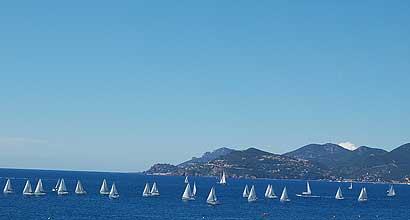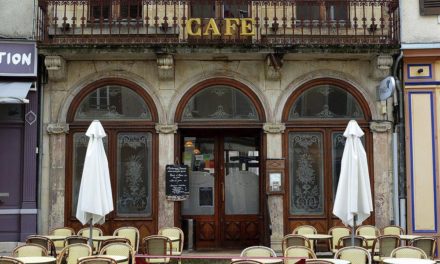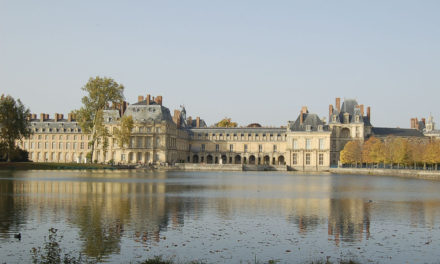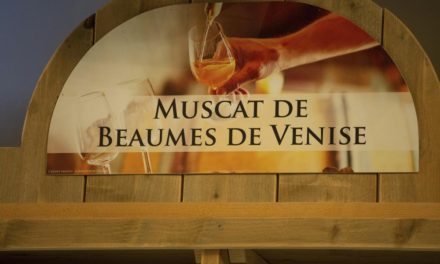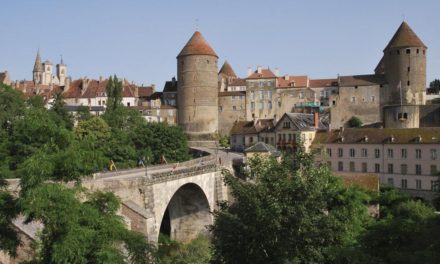Within the Languedoc-Roussillon region of Southern France lies Cap d’Agde, the coastal resort of the town of Agde, in the department of Hérault. It is one of the largest leisure ports on the Mediterranean sea, offering 14 kilometres of fine sandy beaches in the Golfe du Lion and a great diversity of landscapes under a clear blue sky. The climate is near perfect, boasting 267 days of sun per year giving visitors a chance to relax and unwind in beautiful surroundings.
A volcanic lava flow from an eruption 1 million years ago created Cap d’Agde and in 1629, Cardinal Richelieu envisaged the building of a large port. However, with his death, work was abandoned and it wasn’t until late in the 20th century that his dream started to take shape. Originally Cap d’Agde was a small village, but development of this tourist destination began in the 1970s and is now extensive, making it a dynamic and modern resort. Briefly described below, the area is divided into 10 districts, all with different styles and amenities, each having various holiday accommodations including rental villas, apartments and campsites.
La Roquille – a tranquil, restful location beside a large beach and the green open space of Lano Public park.
La Colline St. Martin – holiday residences are built on the hillsides with surrounding views of typical Mediterranean countryside.
Rochelongue – a mixture of traditional and modern architecture blending in with the Mediterranean coastline and with a unique view of Brescou Fort.
Le Port – the most vibrant and lively heart of Cap d’Agde with picturesque quaysides, small shops and busy cafés.
La Pinède – an area with outdoor sporting facilities and cultural attractions set amongst avenues of pine trees; the ‘green lung’ of Cap d’Agde.
Richelieu – pretty terraced houses and villas set on a large sandy beach with a variety of water sports and leisure activities available.
Le Môle – a beach area offering a truly Mediterranean atmosphere including the Allée de la Flânerie, a busy shopping district.
L’Avant-port/L’Ille des pécheurs – surrounded by sea, a small fishing port and marina overlooking the Richelieu jetty.
Les Falaises – an area with a rugged, volcanic promontory featuring rocky coves and inlets (calanques) with scenic views along the pretty coastline.
Naturist Village – a self-contained village for those wishing to live in a nudist community including a 2 km stretch of beach, a large marina, shops, bars and restaurants.
Hotels in Cap d'Agde
Accommodation & Restaurants
In this most attractive holiday resort there is a wide choice of hotels, self-catering apartments, private houses and terraced cottages for rent as well as several open air camping sites. There are 11 beaches along the coast with properties stretching from Cap d’Agde to La Tamarissiere.
As you would expect from a major holiday resort, there are plenty of places for enjoying fine food and wine including restaurants, bistros, bars, cafes and clubs. Located in the heart of the Mediterranean Languedoc-Roussillon wine producing area, some of the best seafood and fish can be enjoyed accompanied with excellent local wine.
History
With a history dating back 2600 years and its location at the mouth of the Herault river, Cap D’Agde’s heritage is infused with two fundamental elements: water and religion. Founded by the Phoenicians in the 5th Century BC, its major importance was as a commercial port, particularly for the fishing and boat building industry which is still true today. The basalt quaysides and traditional buildings are reminiscent of its seafaring past and the statue of Amphitrita, goddess of the sea, faces out towards the Mediterranean as a figurehead of Agde’s maritime history.
Attractions
One of the greatest achievements of the 17th Century was the building of the Canal du Midi, the brainchild of Baron Pierre-Paul Riquet, linking the Mediterranean to the Atlantic which was completed in 1681. It is certainly worth taking a trip on one of the many river boats or cycling along the tow-path to fully understand the beauty of this unique World Heritage site. The Castle Laurens, a former farm and now a chateau (currently being extensively renovated) became an island during the construction of the canal, bordered by the rivers Canalet, the Hérault and the Canal. Its architecture is superb with neo-classical colonnades and Art Nouveau ornamentation.
The ancient city of nearby Agde has an air of a by-gone era and Saint-Etienne Cathedral is one of the region’s finest examples of a fortified Romanesque church. As a reminder of the age of religious power, St. Andre and St. Sever churches, built in the 5th Century, are also situated in the old town amongst the narrow shopping streets.
The Agathois museum is devoted to popular arts and traditions from antiquity to modern times; the Ephebe museum is located in the pinewoods of Cap d’Agde exhibiting objects of underwater archaeology, including antique bronzes.
The Brescou Fort lies a few kilometres off the coast and was built on the remains of an ancient underwater volcano in 1586. It was used as a prison in the 18th Century and prisoners from the Revolution were held there.
Activities
Not surprisingly with such a nautical history, aquatic activities are an increasingly important feature of this seaside resort and Cap d’Agde is the water sports capital of the Mediterranean. There is always plenty to do including scuba diving, snorkelling, wind surfing, kite surfing, sailing (yachts, catamarans, dinghies), motor boats, jet skiing, kayaking, water skiing – many with supervised tuition if required. The Centre Nautique is a meeting place for enthusiasts with training courses, rentals and a club.
The ‘Pavillon Bleu’ (Blue Flag) flies over the 3,300 berth marina which has the facilities to welcome boats up to 35 metres and all associated professional marine services.
In addition to ‘pleasures of the sea’ there is fresh-water fishing, tennis courts, golf, fitness centres, bowling, quad biking, horse riding and hiking excursions for all those who wish to forgo their sun lounger!
Travel
Situated in the South of France, the Languedoc-Roussillon départment is easily accessible: 3 hours from Paris by train and one and a half hours from London by air.
By Air: nearest airport is Beziers – Cap d’Agde Airport (17 km/12 miles), low cost flights within Europe; Direct flights: Montpellier (70 km/50 miles).
By train: Several direct TGV services from Paris-Agde and Lille. Eurostar from London to Paris, and then high-speed train to Montpellier.
Tourist Office Website
Tourist Office website
Cap d’Agde-La cité d’Agde – Le Grau d’Agde – La Tamarissiere.
Bulle d’accueil, Rond-point du Don Accueil – BP 544
Phone 04 6701 04 04

